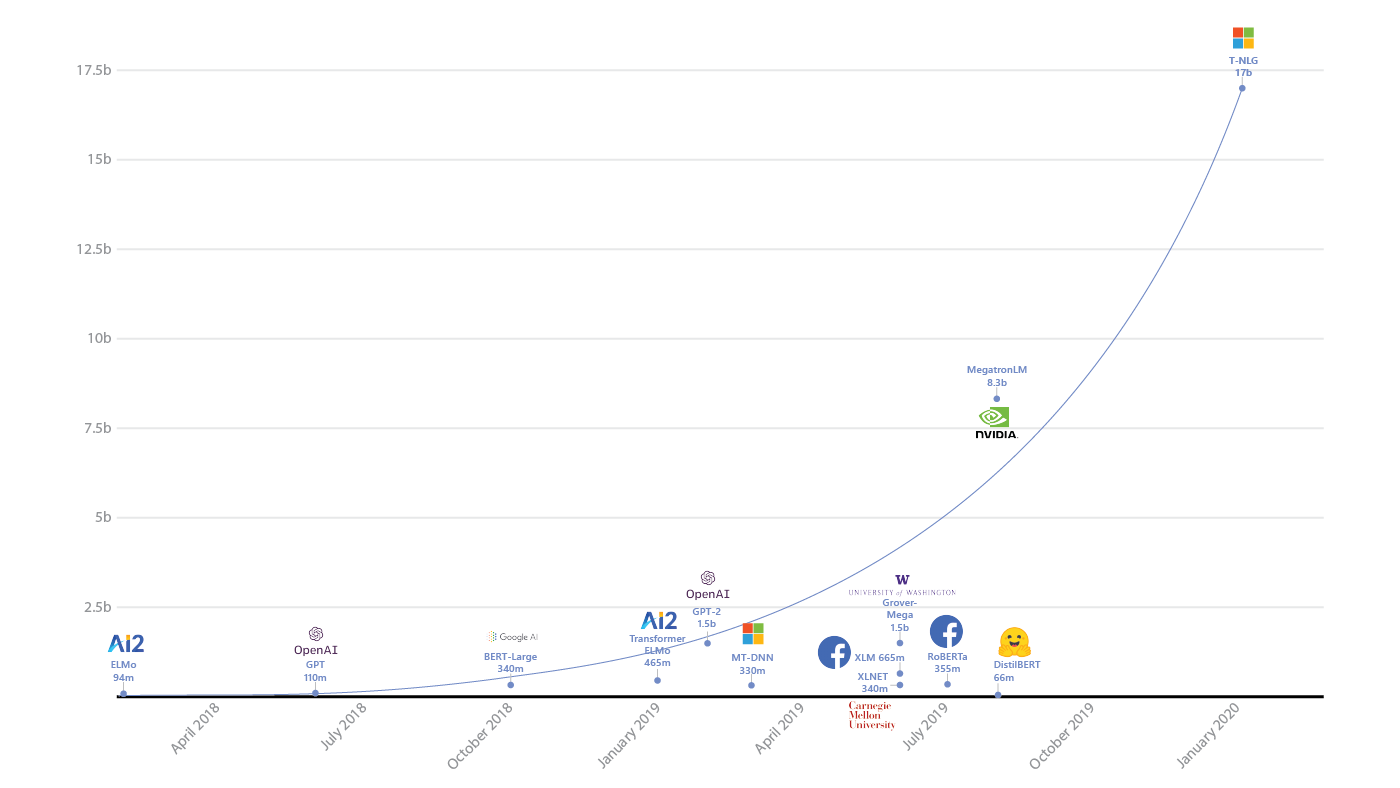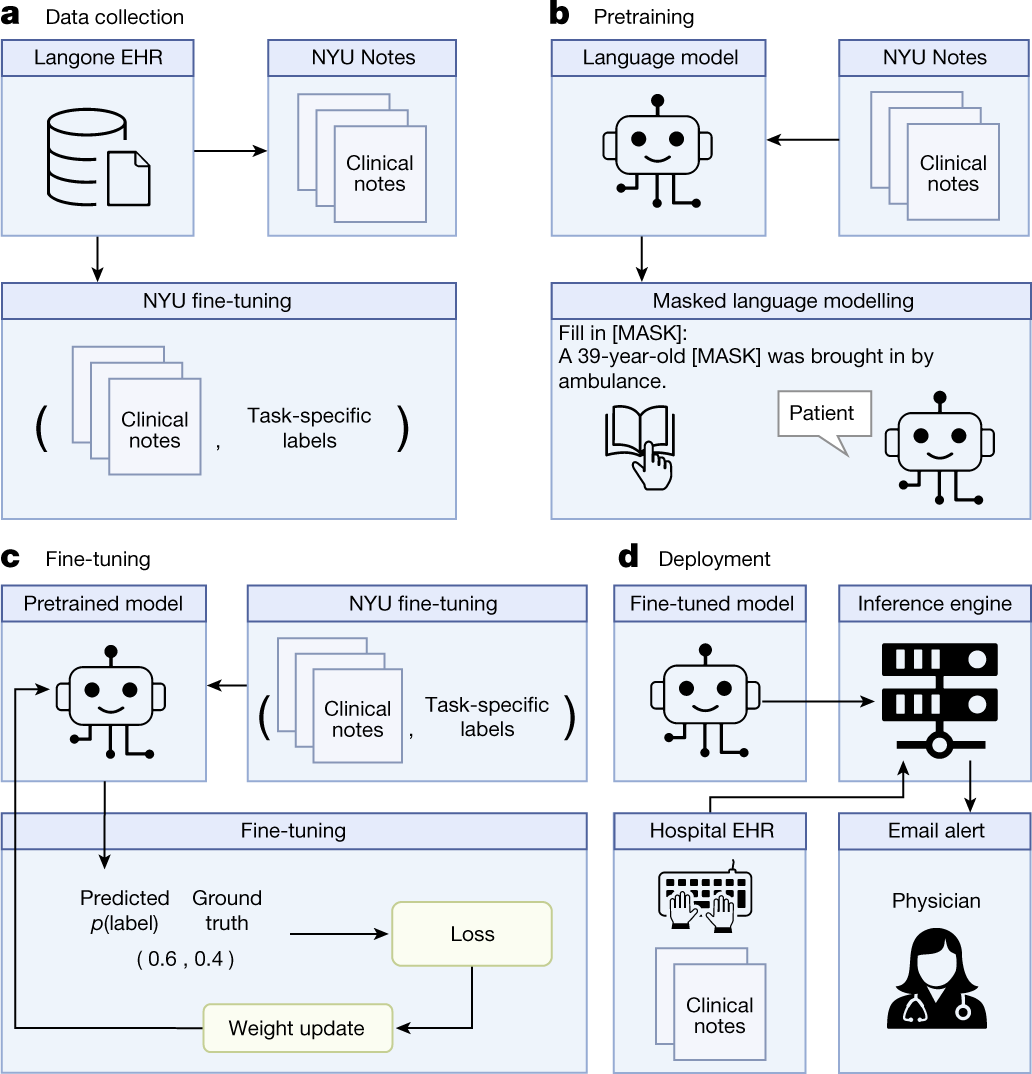OpenAI, Nvidia, and Hugging Face unveil small AI models: GPT-4o Mini, Mistral-Nemo, and SmolLM lead industry shift
Dive into the future with our AI blog and explore cutting-edge research, applications, and the limitless potential of artificial intelligence. Stay updated with our daily and weekly newsletters for the latest insights and exclusive content on AI.
The Era of Small Language Models in AI
This week, three major players in the artificial intelligence landscape introduced compact language models, marking a significant shift in the industry. Hugging Face, Nvidia in collaboration with Mistral AI, and OpenAI have each rolled out small language models (SLMs) that aim to democratize access to advanced natural language processing capabilities.
The new models - SmolLM, Mistral-Nemo, and GPT-4o Mini - represent diverse approaches to making AI more accessible. Despite their differences, they share a common objective of bringing powerful language processing capabilities to a broader range of devices and applications.

Innovative Approaches to AI Accessibility
Hugging Face's SmolLM is particularly groundbreaking, designed to operate directly on mobile devices. Available in three sizes - 135 million, 360 million, and 1.7 billion parameters - SmolLM pushes AI processing to the edge, addressing data privacy and latency concerns.
Mistral-Nemo, a 12-billion parameter model developed by Nvidia and Mistral AI, boasts a remarkable 128,000 token context window. Positioned for desktop computers, Mistral-Nemo aims to bridge the gap between large cloud models and compact mobile AI, potentially democratizing access to sophisticated AI capabilities.

OpenAI's GPT-4o Mini is hailed as the most cost-effective small model in the market, priced competitively to reduce barriers to AI integration. This pricing strategy could spark a new wave of AI-driven innovation, especially among startups and small businesses.
Implications and Considerations
The transition towards smaller models reflects a broader trend in the AI community, emphasizing efficiency, accessibility, and specialized applications. While SLMs offer various advantages, they also pose challenges such as issues of bias, accountability, and ethical use.
As AI becomes more prevalent, ethical considerations must accompany technological advancements to ensure responsible and unbiased AI deployment. Finding the right balance between model size, performance, and application requirements will be crucial for future AI development.
Environmental Impact and Sustainability
The shift towards SLMs not only focuses on efficiency but also addresses environmental concerns. Smaller models require less energy for training and operation, potentially reducing the carbon footprint of AI technologies. As sustainability becomes a key focus for businesses, the environmental benefits of SLMs could drive widespread adoption.

Despite the challenges posed by smaller models, their proliferation signals a significant evolution in the AI landscape. As these models improve and diversify, we can anticipate a new era of AI-enabled devices and applications that cater to a broader user base.
For businesses and decision-makers, the future of AI lies in practical and efficient solutions that seamlessly integrate into existing systems. As AI technology continues to evolve, its impact on industries and society is poised to expand further.
Your email address will not be published. Required fields are marked *




















